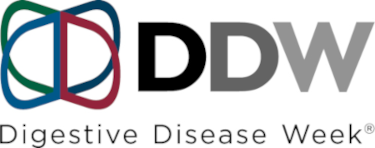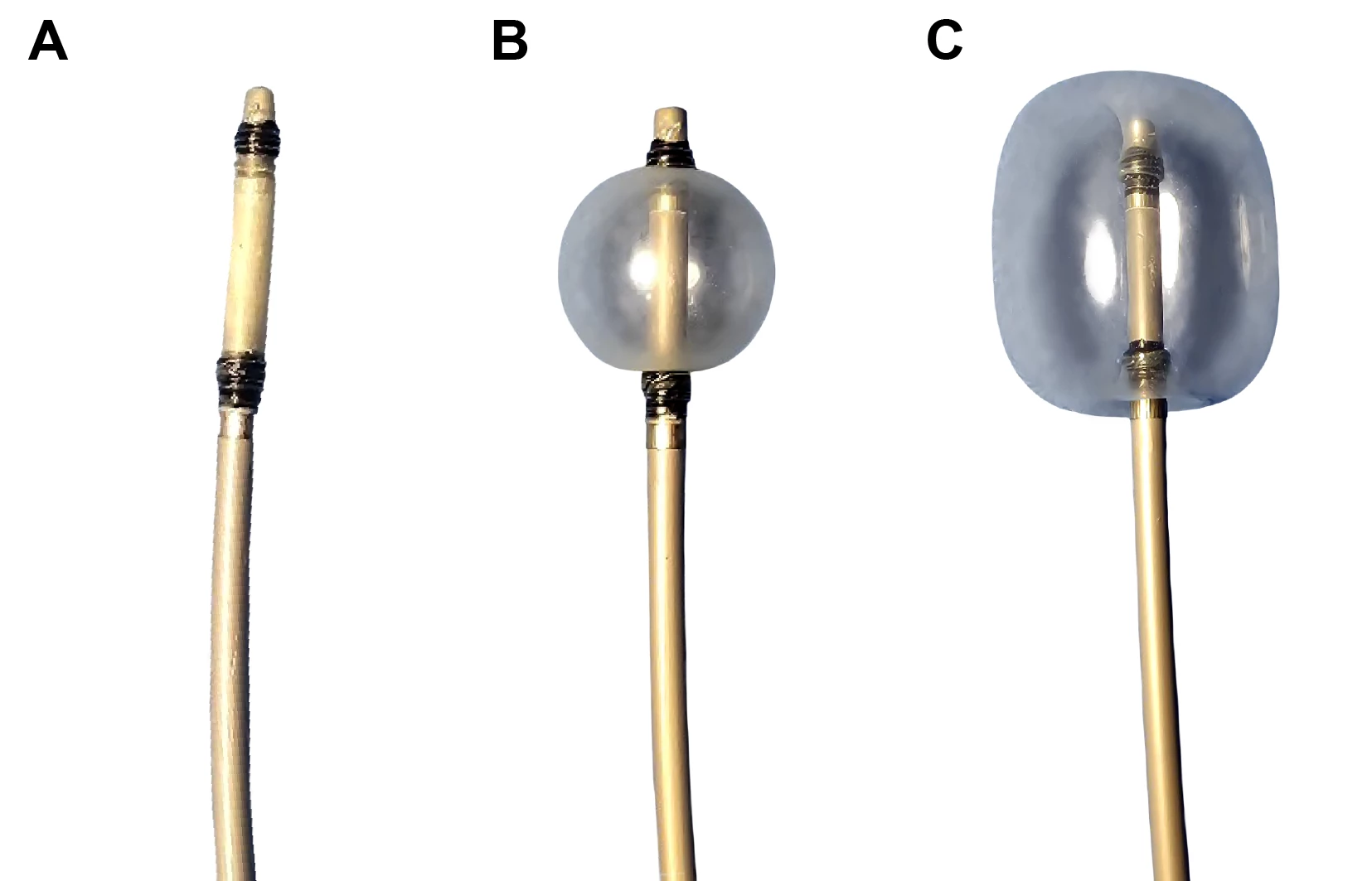128
FEASIBILITY AND CLINICAL UTILITY OF STONE EXTRACTION BALLOON CATHETER-ASSISTED ENDOSCOPIC STENTING FOR MALIGNANT DISTAL DUODENAL AND PROXIMAL JEJUNAL OBSTRUCTION
Date
May 18, 2024
Tracks
Related Products
“MYSELF” - A NOVEL AND EASY-TO-IMPLEMENT PRE-PROCEDURE ERGONOMIC TIME-OUT THAT REDUCES ENDOSCOPISTS’ RISK OF MUSCULOSKELETAL INJURY
BACKGROUND: Implementing ergonomic principles in the endoscopy unit can mitigate the risk of endoscopy related injury. An efficient and effective training tool is needed to facilitate ergonomic endoscopy…
DEVELOPMENT OF AMERICAN SOCIETY FOR GASTROINTESTINAL ENDOSCOPY (ASGE) MINIMUM STANDARDS FOR TRAINING IN INTERVENTIONAL ENDOSCOPY WITHIN DEDICATED INTERVENTIONAL ENDOSCOPY FELLOWSHIP PROGRAMS
BACKGROUND: There is a lack of data on training benchmarks to define competence in colorectal EMR (C-EMR) among advanced endoscopy trainees (AETs). Previous pilot data from our group demonstrated a relatively low proportion of AETs achieve competence on key cognitive and technical aspects of C-EMR…




